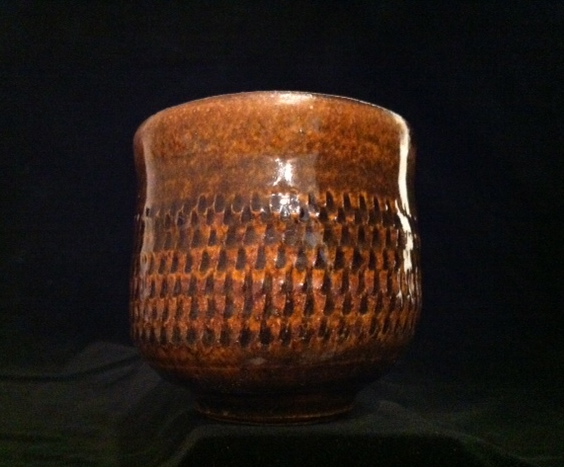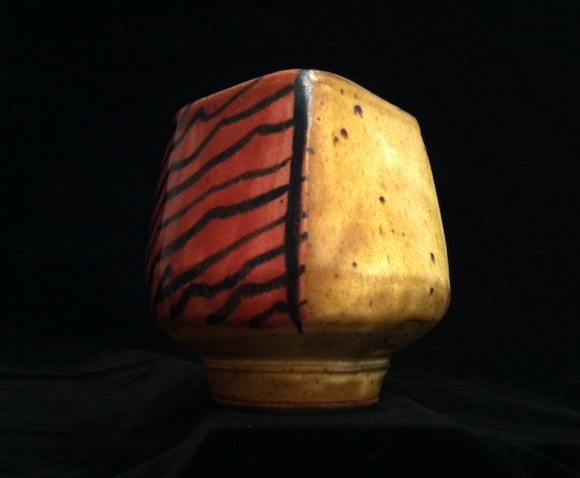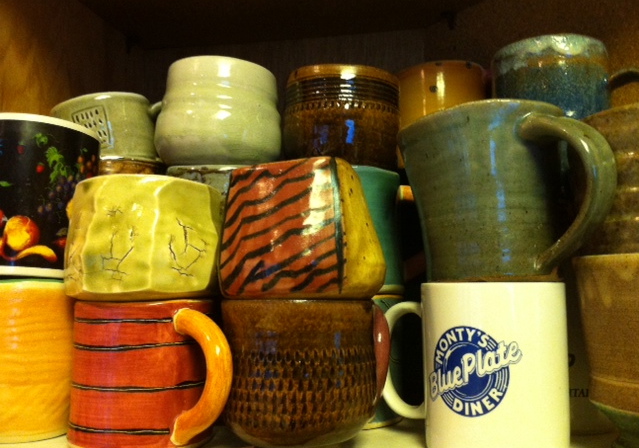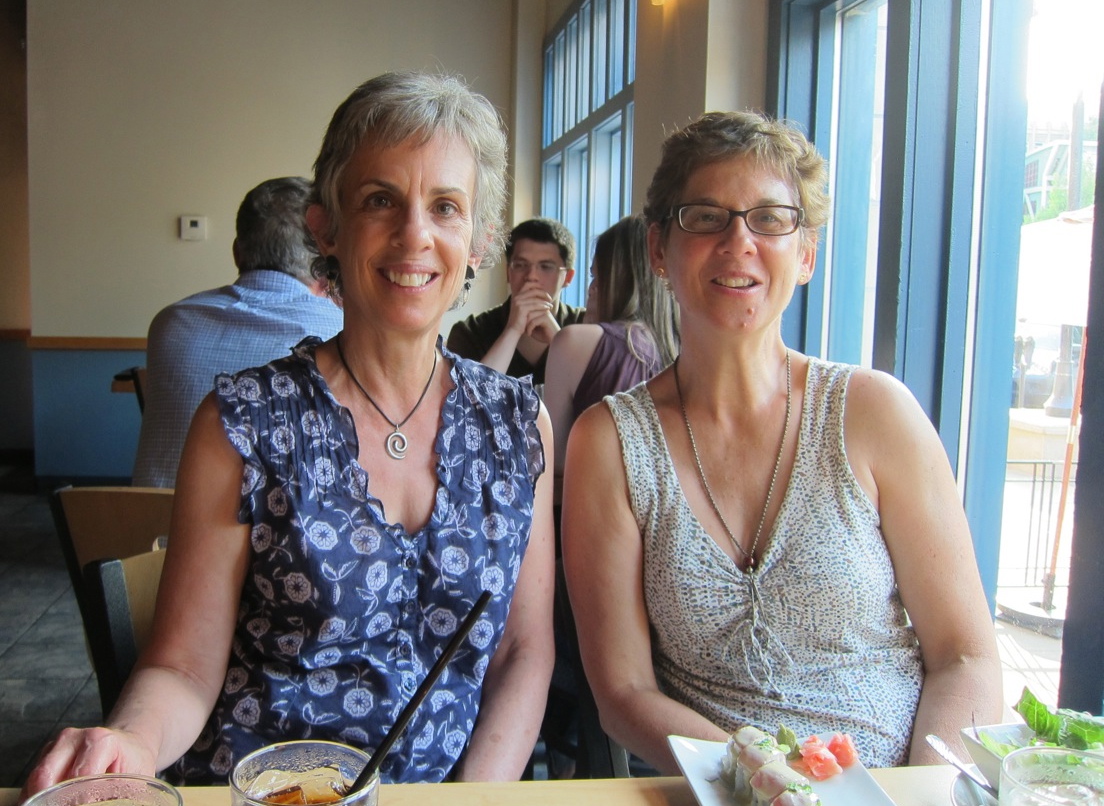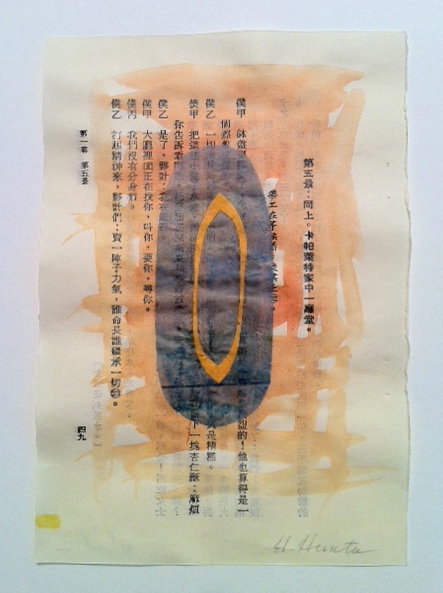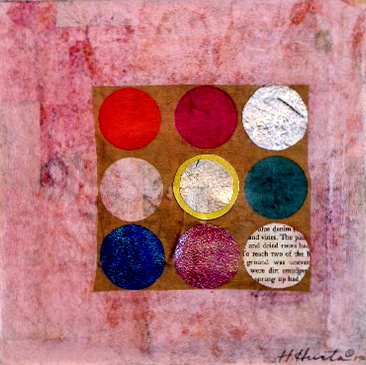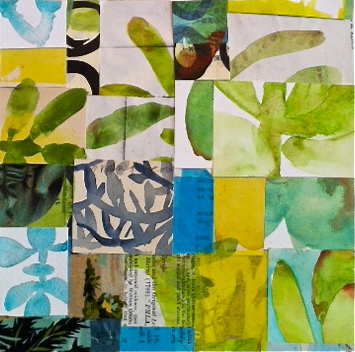 I've been having a lot of fun lately with 6 Degrees 2, an on-line workshop. I'm one of the instructors for this nourishing soup of activities and I'm also a student. As soon as the class descriptions were posted, I promptly signed up for the other 5 workshops.
I've been having a lot of fun lately with 6 Degrees 2, an on-line workshop. I'm one of the instructors for this nourishing soup of activities and I'm also a student. As soon as the class descriptions were posted, I promptly signed up for the other 5 workshops.
But I decided to begin with my own: Still Point in a Changing World: Creating a Mindful Studio Practice. (Or, 21 Days, 21 Lesssons.)
When I initially conceived of the course, I thought about the many times I've heard an artist sigh and wish that s)he spent more time in the studio. From my own struggles with this predicament, I knew there must be a way and I pondered how to come up with internal bearings, a means to orient participants, over and over toward their work space. Perhaps even to a place of stillness where they might find their heart's desire.
Little did I know that I was drawing my own map. When I wrote out the course, I was feeling lost and stuck in a barren landscape. Try as I might, I could not get a new series going. Small starts led nowhere or into cul-de-sacs.
In order to build a structure for the class, I paired a poem or quote for each day with a corresponding directive for artwork. Each person can choose whatever they want from that combination and take off from there.
As I make my way through "21 Days," my 21 have expanded into many more. I begin with one simple watercolor and then let the guidelines for that day govern the fate of the rest. I've been hovering between Days 9 and 13 for sometime and the collages I'm tackling are captivating me.
Constant slow movement teaches us to keep working
Like a small creek that stays clear,
That doesn't stagnate, but finds a way
Through numerous details, deliberately.
--Rumi
I began the course myself to test the prompts I'd written. I didn't assume that following them would lead me in my own new direction. I'm profoundly grateful to Gretchen Miller for inviting me to take part in this workshop and I'm moved by the power that connecting with like-minded individuals has to provoke change.
So, I'm curious. Have you taken up a new direction this summer? I'd love to hear about it.


